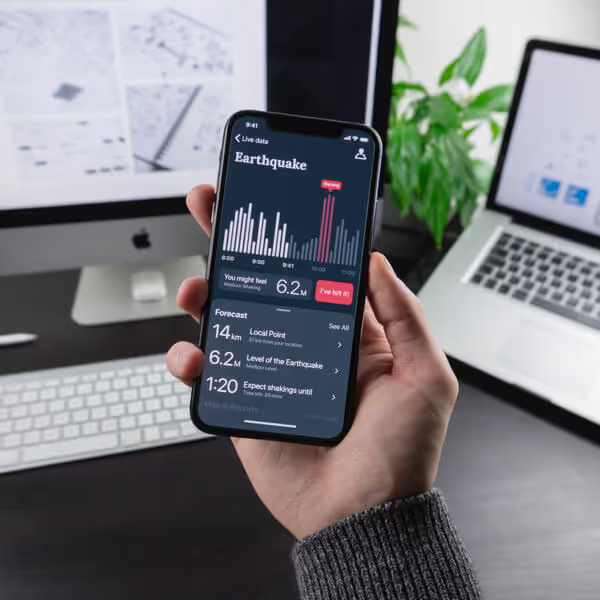or B2B marketers, delivering high-quality leads is essential for job performance. Demonstrating a direct and positive return on investment (ROI) means that B2B marketers will benefit from higher budgets, more authority, and faster approval processes. However, navigating longer sales cycles with multiple influential stakeholders in a sales-driven organisation can make delivering a steady stream of leads while demonstrating positive ROI challenging.
LinkedIn offers a premium advertising platform for B2B marketers, enabling precise audience targeting based on professional demographics—such as job title, job function, current company, seniority, and education. Due to its unique targeting capabilities, LinkedIn charges a premium for advertising. Therefore, marketers must evaluate whether it's worth paying more for fewer, higher-quality leads or less for typically lower-quality leads through other platforms.
In this article, we look at how to calculate the return on investment on your LinkedIn budget and what to measure to diagnose problems and improve upon past performance. Let's jump in.
Why LinkedIn for B2B Marketing?
High-Quality Leads: LinkedIn is responsible for 80% of all B2B leads from social media, significantly outperforming other platforms like Facebook and X (formerly Twitter). This highlights LinkedIn's effectiveness in generating high-quality leads that convert.
Targeted Advertising: LinkedIn allows for highly granular targeting options, such as job title, industry, company size, and seniority, providing a level of precision not always found on other platforms.
Improved Conversion Rates: LinkedIn ads can result in up to 2 times higher conversion rates compared to other social media platforms. Additionally, brands advertising on LinkedIn can see a 33% increase in purchase intent.
Calculating ROI and Measuring Performance
Let's start with a couple of assumptions:
- LinkedIn B2B leads typically range from $50-100 each. For simplicity, let's assume an average cost of $75 per lead.
- Lead-to-sale conversion rates vary, but a 10% conversion rate is a good benchmark for B2B businesses.
Variables Affecting Outcome:
- Value and Relevance of Offer: A relevant and compelling offer can lower your cost per lead (CPL).
- Targeting Accuracy: Precise targeting minimises budget wastage on the wrong audience, improving overall CPL.
- Sales Funnel Effectiveness: The effectiveness of your sales funnel and brand strength impacts the lead-to-sale conversion rate.
Key Metrics to Measure and Optimize
Cost Per Lead (CPL): If your average CPL exceeds $75, reassess your targeting accuracy and offer value. Start with refining your audience targeting before adjusting your offer.
Lead-to-Sale Conversion Rate: If your conversion rate is below 10%, evaluate your sales funnel. Ensure that follow-up activities effectively transition marketing-qualified leads to sales-qualified leads and ultimately to sales.
Practical Comparisons and Tools
To demonstrate LinkedIn's cost-effectiveness, compare its ROI with traditional marketing activities:
- Event Sponsorship: Large event sponsorships can cost between $50,000-100,000.
- Telesales Blitz: Costs range from $400-2,000 per day. Compare the revenue generated from telesales with LinkedIn ad results.
- Outsourced Telemarketing: Typically costing around $10,000 per campaign. Allocate part of this budget to LinkedIn ads and compare the outcomes.
If you'd like us to review your current campaign performance or assist with setting up and managing a LinkedIn campaign, including content creation, feel free to send us an inquiry. We’ll get back to you promptly with the next steps.

.avif)











